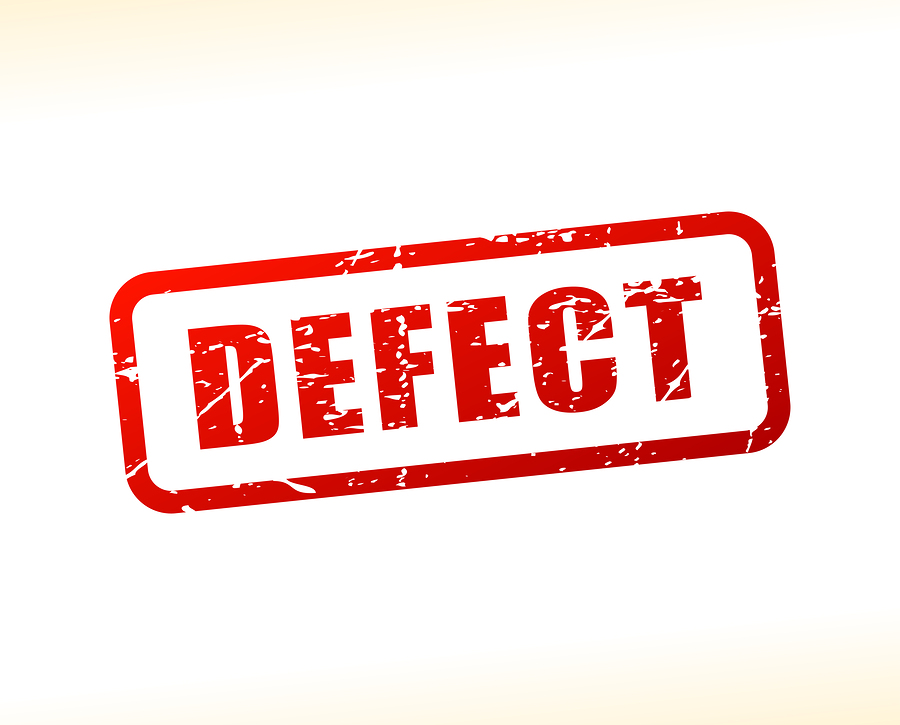Is There a Difference Between Unsafe and Defective Products?
 Michael Babboni
Recalls
Have you ever been injured due to a defective product? Defective products have caused burns, cuts, bruises, and other serious injuries. More severe cases have resulted in death. When it comes to the products we use, it is important to understand the difference between unsafe and defective products.
Michael Babboni
Recalls
Have you ever been injured due to a defective product? Defective products have caused burns, cuts, bruises, and other serious injuries. More severe cases have resulted in death. When it comes to the products we use, it is important to understand the difference between unsafe and defective products.What Is a Defective Product?
A defective product is one that can cause serious injury. Its usability is hindered by its defective characteristics and cannot be used for what it was designed or manufactured to be used for. In legal context, a defective product is simply anything that renders the product not reasonably safe.
Defect Types
Three defect types exist in which the product can ultimately injure the consumer: design defects, manufacturing defects, and marketing defects.
• Design Defects: It has to be determined that the product's design is what caused the defect. This means that the injury has to be the result of a poor design or improperly tested product.
• Manufacturing Defects: This isn't the result of a design defect; rather, it is due to a problem during the manufacturing process. When the product was made, something that made it unsafe was introduced at this point.
• Marketing Defects: This relates to the warning labels attached to the products. If there was a failure to provide clear instructions or warnings, then the manufacturer could be held liable for any injuries resulting from this defect.
When trying to uncover the differences between an unsafe product versus a defective product, they are really one and the same. Because the product is unsafe, it has the potential to cause injury. It is unreasonably dangerous and unsafe to use.
Product Safety Laws
And here enters the Consumer Product Safety Act that was enacted by Congress in 1972. Its purpose is to protect consumers against any risk of injury due to consumer products. It also enables consumers to evaluate a product's safety, establish consistent safety standards, and promote research into what causes potential injuries or unsafe products.
The CPSC enforces other federal consumer protection statutes as well. These other statutes include the Federal Hazardous Substances Act, the Child Safety Protection Act, and the Labeling of Hazardous Materials Act.
Recalls
When there is a recall, there is a request to return the product once a potential defect or safety issue has been identified. A company can issue a voluntary recall on products to avoid liability for injuries. However, the government can also force a recall and make the company replace the defective product when the consumer returns it. The company could also choose to offer some kind of compensation in exchange.
Product Liability
Product liability is at a state level, and there are no federal products liabilities statutes. If the product causes an injury, then the injured party can collect damages resulting from the responsible party. This often depends on the type of defect and the extent of the injuries that were sustained.
If you were injured by a defective product, don't hesitate to contact a qualified personal injury attorney. They can help walk you through your options and show you how to file a claim for damages.
